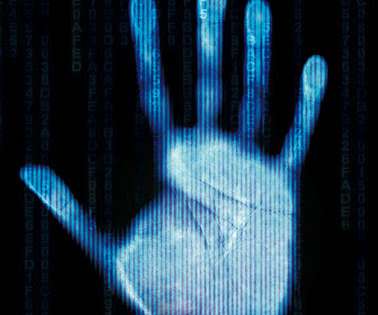New pedagogies?
Learning with e's
JANUARY 31, 2016
We need a new set of pedagogies (and we also need to know how these can be supported with theory) if we are to maximise the impact of technology on education. In my 2015 book I wrote about ' new wine ' (technology) being forced into 'old wineskins' (conservative learning spaces and ideas) and warned of the inevitable failures.















































Let's personalize your content